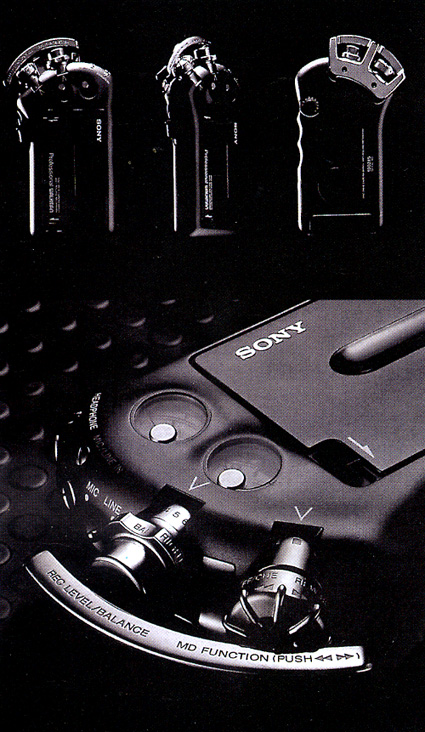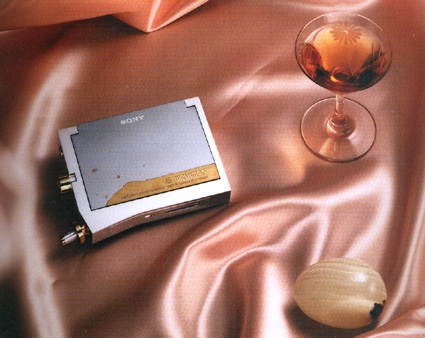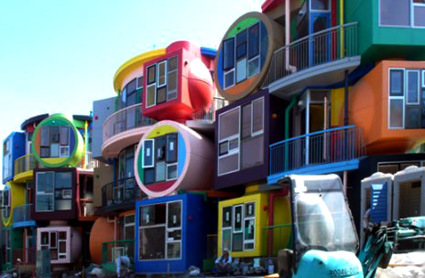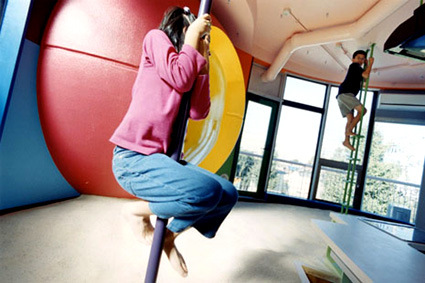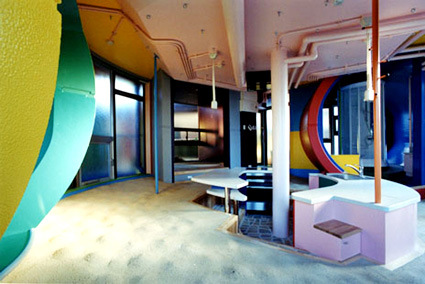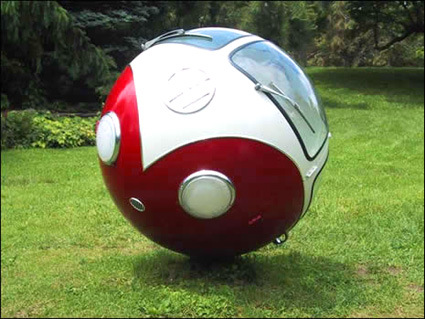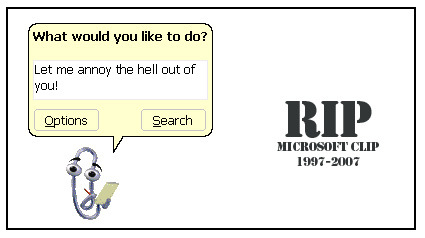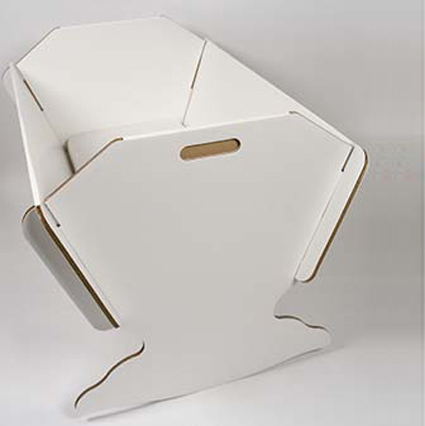
The Michelin Man, aka Bibendum, has just been recently overhauled to give a refreshed image to the company – according to Thierry Rudolph, Michelin’s head of Marketing:
We’ve refreshed him because he’s a key asset for us. We’ve slimmed him down because it shows the evolution of people and is a way of keeping up with changes in society. He demonstrates the evolution of society but also the evolution of the brand and the world we live in.
That statement is rather interesting in its irony: while the society’s definitely getting more obese by all indicators, the ideals and aspiration of the society heads the opposite direction – a healthier, slimmer one. In the same vein of irony lies products like McDonald’s, Diet Coke etc: while they continue to feed the growing trend of obesity, the power of marketing concocts the bluff that these products help to reach the consumer’s ideal of being slim and healthy. And that’s where Michelin heading too – mirroring the society’s aspiration rather than reality.
It’s also pretty interesting to see the evolution of the Michelin Man, which has continuously evolved, mirroring the changing landscapes of the society. Starting off as a proud, cigar-smoking, leather-boots wearing persona, the Michelin Man then was one of aristocrat – only the richest could afford wheels, even if it’s just bicycle wheels. The same persona continues even as cars were developed – the tire on his bodies are still slim (reflecting the tire dimensions then).
As automobile develops to become a mass-market item rather than luxury, the Bibendum was toned down to be much friendlier, as it put on massive weight around its tummy to mirror the girth of the tyres. And now it needs to slim down and cut out its flab due to the society’s health concerns. I wonder what’d be next – for example, if the airless tyres (known as tweels, incidentally developed by Michelin) were popularized – will he be left to just bones?
[see more of the Bibendum’s history here]
**** Addendum ****
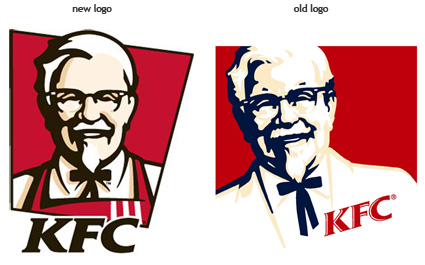
In response to Hann’s comment about KFC’s Colonel Sanders losing weight – well they’ve just introduced their new logo (to my dislike), and it does seem like some of the changes are similar in spirit to Michelin’s:
Colonel Sanders has discarded his clean white suit for a more blue-collared apron (Apron! Sensitive New Age Guy we have here?) outfit – now he resembles the person serving your fried chicken rather than a rich wealthy white colonial master or something. He’s definitely gotten his Botox jab, looking a lot younger now. Yup, and like Michelin Man, he’s definitely slimmer now.




